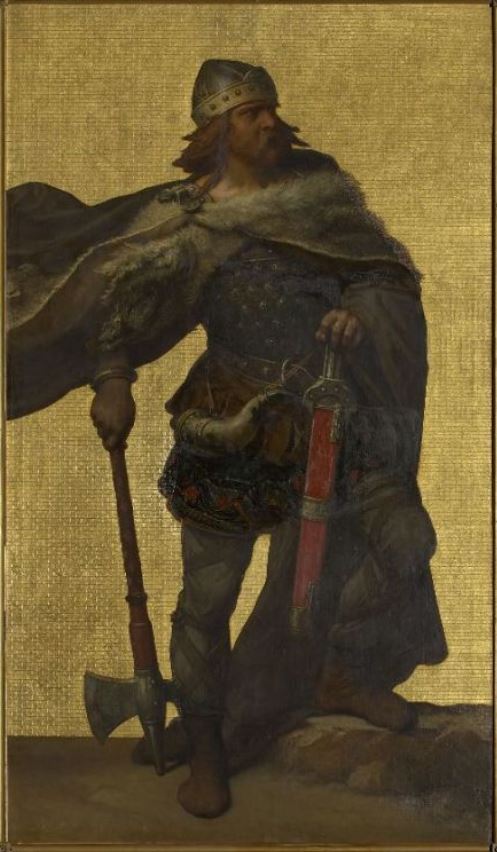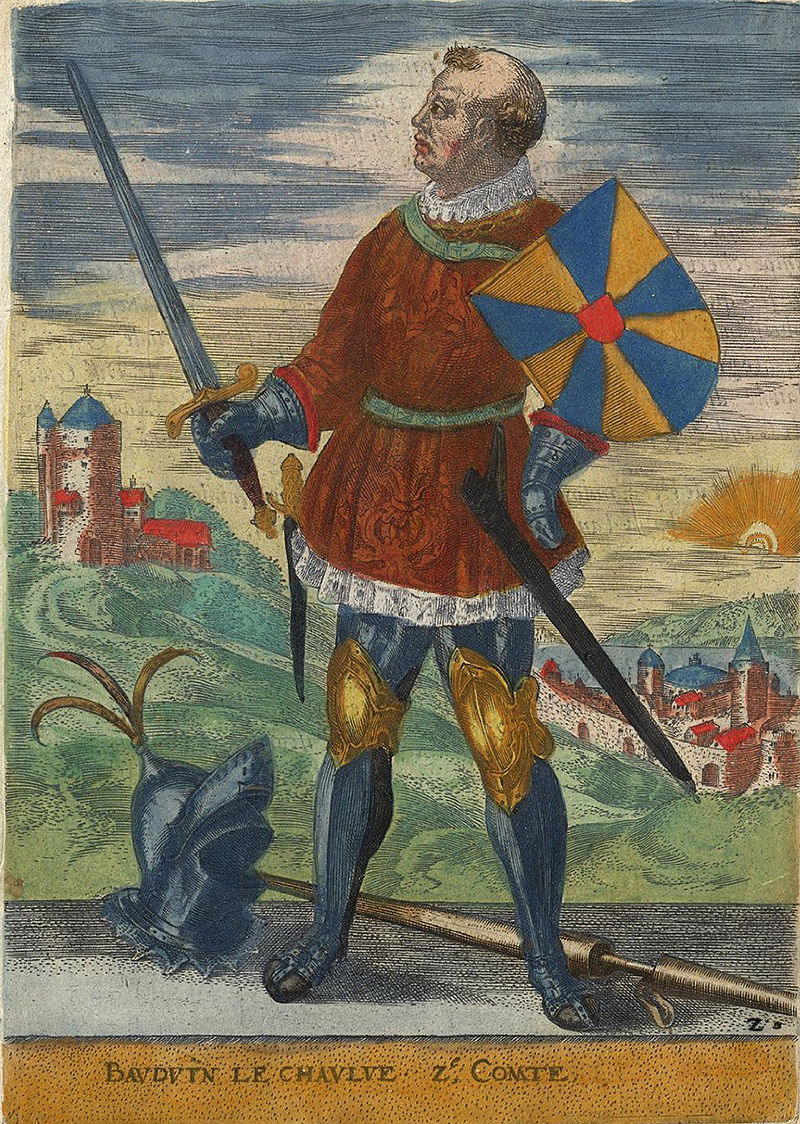Did you know Belgium and the Netherlands share what is probably one of the weirdest borders in the world. Curious how this came to be? Well, buckle up and check this #thread #twitterstorians 

It all started in the 12th c. when a conflict between Duke Henry I of Brabant and Dirk VII of Holland rose. The Lord of Breda, Godfried van Schoten, pledged allegiance to Henry who gave him pieces of land and kept some land as his personal property. 



So at some point you had land called Baarle onder Breda (held by the Lord of Breda) and Baarle onder de Hertog (held by the Duke).
Did I mention you also had land called Baarle onder Thorn (land held by the Abbey of Thorn) (photo by Kleon3) 

A new conflict rose in the 15th c. when the Lord of Breda, Engelbert of Nassau (the area is now known as Baarle-Nassau) discovered the citizens of Baarle-onder den Hertog - used the roads and service on his land they actually did not pay for. Was sorted in 1479 though. 

All went well till the 80 Years War erupted which led to the Peace of Munster in 1648. Suddenly Baarle was wedged between the Dutch Republic and the Habsburg Netherlands. Different sets of rules and customs were now common and new conflicts rose 

Several attemps were made to resolve the issue (including land swaps) but no solution was found. Emperor Joseph II was keen to solve this, made some proposals, but then the French Revolution kicked off. In 1815 what is now Belgium and the Netherlands were united in one state. 

In 1830 the Kingdom of Belgium was born and the Belgians were keen to solve this matter, but as always not solution was found. In the 19th c. citizens of the various en and exclaves wrote to their respective heads of state with a request to solve it, but again nothing happened.
During WWI a tricky situation emerged as Belgium was occupied by the Netherlands was neutral, so German soldiers were at risk of entering a neutral zone if they were not careful. The place was therefore a hotbed for spies and resistance organisations. (photo HK Amalia van Solms) 

Finally in 1973 this strange border between the Netherlands and Belgium was set in stone, a process which was finalised in 1995. 

Today the place has become something of tourist attraction as people want to see that area where a border runs through houses and bars. This often caused some strange situations (e.g. during the pandemic when you had different rules in the same street)
• • •
Missing some Tweet in this thread? You can try to
force a refresh





















